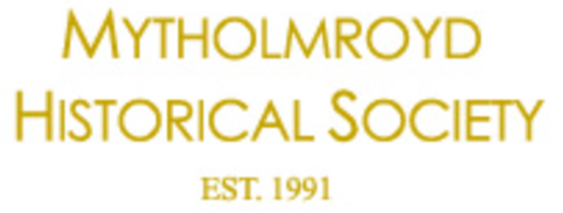On the evening of Friday 8th March 2024 at 7:30pm there was the seventh of the Winter programme of lectures for 2023 – 24. About 30 people were in attendance on a very cold night.
The Speaker was Barry Noble who spoke on the topic “ Churchill Remembered ”. Barry who now lives in East Anglia but lived in the Upper Calder Valley for many years often does
impersonations of Churchill all over the world now he is retired and will be at the Normandy and Arnham re-union of old comrades this year.
His condensed talk spoke about Churchill from his birth to his retirement from politics in 1974 and revealed his charismatic character, his exploits, his determination, independent thinking and a man who eventually became a dominant political figure. Controversial and divisive he may have been but destined to be a man born to be an ultimate leader.
The monthly meeting of the Mytholmroyd Historical Society took place at St Michael’s Church Hall on Friday 11th October. Over 50 members were in attendance to hear Brian Harkness speak on Edward Crossley’s two telescopes.
Edward Crossley was the grandson of the founder of the Crossley Dynasty, John Crossley, and the son of Joseph Crossley. In 1864 John Crossley’s became a limited company and Edward became one of eight directors. 1868, when Edward was 27, his father died. His father’s two brothers, John and Francis, had little involvement in the business due to John’s poor health and Francis’s political career, he was now an M.P. Edward was now running the company.
Edward’s interest in astronomy started in childhood. After his marriage he moved to 3 Park Road, Halifax where he built his first observatory that housed three telescopes.
In 1871 he bought Skircoat House, Skircoat Green which he demolished to build Bermaside Mansion. An observatory was added to the west of the main house connected to the house by a terrace. The observatory was surmounted by a rotating dome, powered by water and built of wood surrounded by copper. A 9.3” refracting telescope was housed there. At the same time Edward employed a full time astronomer, Joseph Gledhill, who lived in a house attached to the observatory. By 1881 Edward had employed a second astronomer, James Wilson, and had also bought a 36” reflecting telescope. This new telescope was far too big for the existing observatory so a new one was built, named the Round House. With this new telescope they discovered that stars too faint to be seen through the telescope with the eye could be photographed and their images were captured for the first time. However, the weather conditions in Halifax plus the smoke pollution weren’t ideal for observing the night sky.
Edward had always been religious and after financing the building of Heath Congregational Church, Halifax his interest in the heavens changed from stars to God. He decided to sell his reflecting telescope and it was eventually taken by Lick Observatory on Mount Hamilton in California,U.S.A. Due to a business recession in USA, Lick could not afford to purchase it so Edward agreed to gift it to them if they would reimburse him the dismantling fee and replace the dome of the Round House. Southern Pacific and Wells Fargo transported it free of charge The reflector became known as The Crossley. It remained in use for research until 2009 and is now very occasionally used.
Edward Crossley died in 1905, the 9.3” refractor telescope was left to Edward Gledhill who sold it to the Reverand Kennedy of Meeanee Bunt, New Zealand. It was moved to Wellington in 1923 and housed in a tin building with a retractable roof that the locals named “The Tin Shed” It was moved to the Carter Observatory, Botanical Gardens, Wellington in 1938 where it still remains in regular use, especially by school children.

